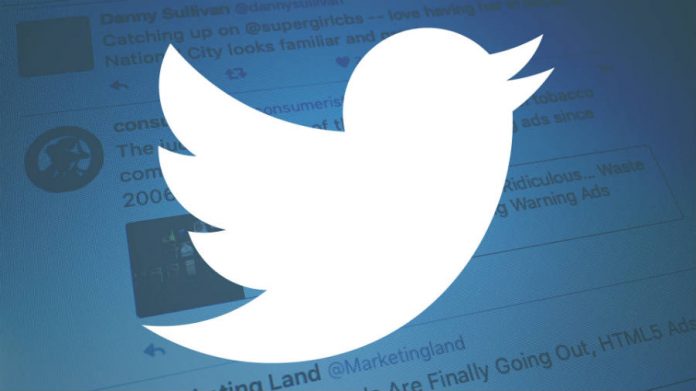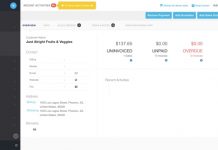
Last week, Twitter executives teased Monetized Moments at the #Twitter4News event in Dubai. This new form of advertising will come to the microblogging site and app in the form full-screen vertical video ads that will last 10 seconds in between Moments.
Twitter Moments are the popular social media hub’s take on Snapchat Stories, a feature that has been widely replicated since its launch in other rival platforms. Facebook, Instagram, and WhatsApp have all developed their own versions of it.
This upcoming move by Twitter responds to the necessity of staying both relevant and profitable. The main way in which it is doing both is by capitalizing on its Twitter Ads service. Here we outline the basics of how to use Twitter Ads and make the best online campaign out of its tools.
Getting Started with Twitter Ads
Users need only a personal account to start with a Twitter Ads campaign. Verified company accounts can start their campaigns without trouble as well, and the first thing anyone needs to do is pick an objective.
The Twitter Ads Manager is a rather simple control room that takes you step by step through the campaign creation process. Objectives are displayed on the left panel, and there are six from which to choose.
The four main ones are Websites Clicks or Conversions, Followers, Awareness, and Tweet Engagements. You can also choose to Promote Video Views or increase App Installs or Re-engagements.
https://www.youtube.com/watch?v=dzc6f2I_SlA
Once you select your objective, you can rightfully create your campaign by clicking on the button below. In the following screen, you can name your campaign, set up your schedule, and enable third-party tracking if you like. It is just the first step out of four.
Targeting and budgeting are essential to get you going
Next up, you must choose your target audience. On Twitter, targeting options are wide in range, but they stick to demographic indicators rather than more sophisticated social markers available in other advertising platforms.
Advertisers can select their audiences based on location, gender, language, mobile device, platform, carrier, interests, keywords, and more. Advanced options let you behavior filters, and import your follower list, so the campaign appeals to a similar group.
Twitter Ads works much like Facebook Ads does in that it has a similar bidding and auctioning model through which ads get shown or not. Users are required to provide a maximum budget per day, and they have the choice to set a total budget for the campaign’s lifetime.
On Twitter, however, bidding plays a big role, and the auctioning process is dynamic. Bids represent the amount you are willing to pay for the desired action of your campaign, and you can only choose from three options: automatic, maximum, and target bidding.
Automatic bidding optimizes the price per engagement according to your budget automatically, while Maximum bidding allows you to pinpoint that price yourself. Target bidding is also a cost-effective optimization strategy, but this one is more specific and focused on the objective rather than the general, automatic option.
Coherent targets and calls to action are critical on Twitter
The final step of the process is choosing your Creatives. If you are a Twitter user, chances are you are already familiar with Promoted Tweets, Promoted Accounts, and Promoted Trends.
This step is perhaps the most crucial because now it is up to you and you only to make your campaign an online hit. The key to this is to make your objective and your calls to action align so that your Twitter Ads campaign is not only concrete but also coherent.
So for example, if your campaign aims at increasing your website’s traffic, then it is important that your Promoted content shows only a link to your site to drive your point across clearly. You can also exploit Preview Cards, one of Twitter’s most useful advertising tools.
Cards (Website Cards, App Cards, and Lead Generation Cards) are snippets embedded in tweets that show mini versions of the content you want to promote.
You can either create a new tweet or choose one from your timeline to use as Promoted content. The objective of your campaign will drive the content that shows up when your campaign launches, be it your tweets to bring attention to your content, your hashtags to spark discussion or achieve a goal, or your account to gain popularity.
Once your creatives are all set, your campaign launches. Based on all your configurations, your Twitter Ads go up against other ads in auctions whenever they are eligible to appear. You can track and optimize your performance afterward directly on the Twitter Ads Manager.
Source: Twitter










